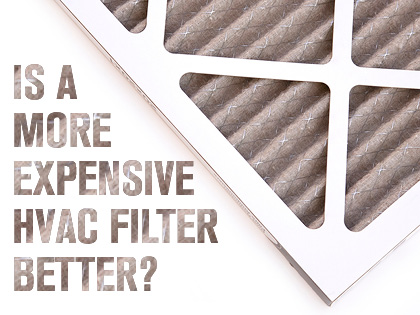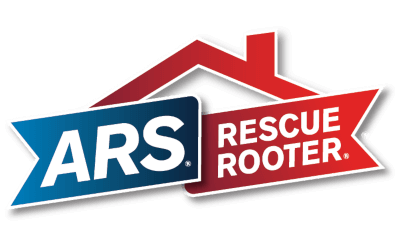Is a More Expensive HVAC Filter Better?
 HVAC filters clean the air in your home of dust and other potential allergens and protect your expensive heating and cooling equipment from damage—so make sure to change your unit’s air filter regularly! Many homeowners might not be sure whether a more expensive air filter performs better than a cheap one. Learn more below about the most efficient air filter options for each price point.
HVAC filters clean the air in your home of dust and other potential allergens and protect your expensive heating and cooling equipment from damage—so make sure to change your unit’s air filter regularly! Many homeowners might not be sure whether a more expensive air filter performs better than a cheap one. Learn more below about the most efficient air filter options for each price point.Fiberglass Filters cost around $2. They are basically flat panels designed to block large particles from clogging your system, but do not improve indoor air quality. They typically have a MERV rating of 1-4, and could release dirt into the air if not changed monthly. A MERV rating is a numerical value ranging from 1 (lowest efficiency) to 16 (highest efficiency) indicating how well the filter traps dirt and dust.
Pleated Filters cost around $10. They are made from polyester or cotton paper and tend to trap dust better than fiberglass filters. They typically have a MERV rating of 8-13 and can remove smaller particles like spores and dust. Make sure to check your pleated filter at least every 3 months to avoid overworking your system.
Disposable Electrostatic Filters cost around $20. They work more efficiently than regular pleated filters
because they contain self-charging electrostatic fibers that magnetically trap small particles. They typically have a MERV rating around 10 or higher.
High-Efficiency Filters cost around $25 and can trap microscopic dust, pollen smoke, and mold particles. With a MERV rating between 14 and 16 (16 is the highest rating), high-efficiency filters capture 99 percent of airborne impurities, but will require you to run your air conditioner fan full-time to experience the maximum benefit.
You could reduce the air flow of your HVAC system by using a filter with a higher MERV rating than it can handle — so never switch to a high-efficiency filter without talking to an HVAC professional first. Call an ARS®/Rescue Rooter® Comfort Advisor at 1-800-277-9400 for more information about the costs, advantages, disadvantages associated with different types of filters.


